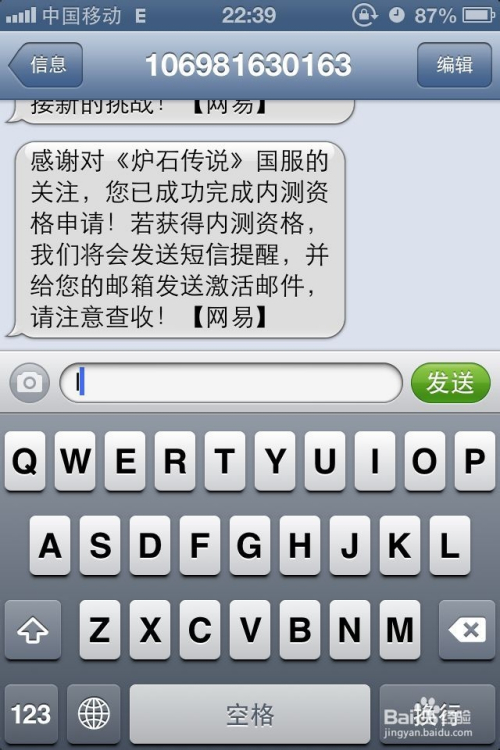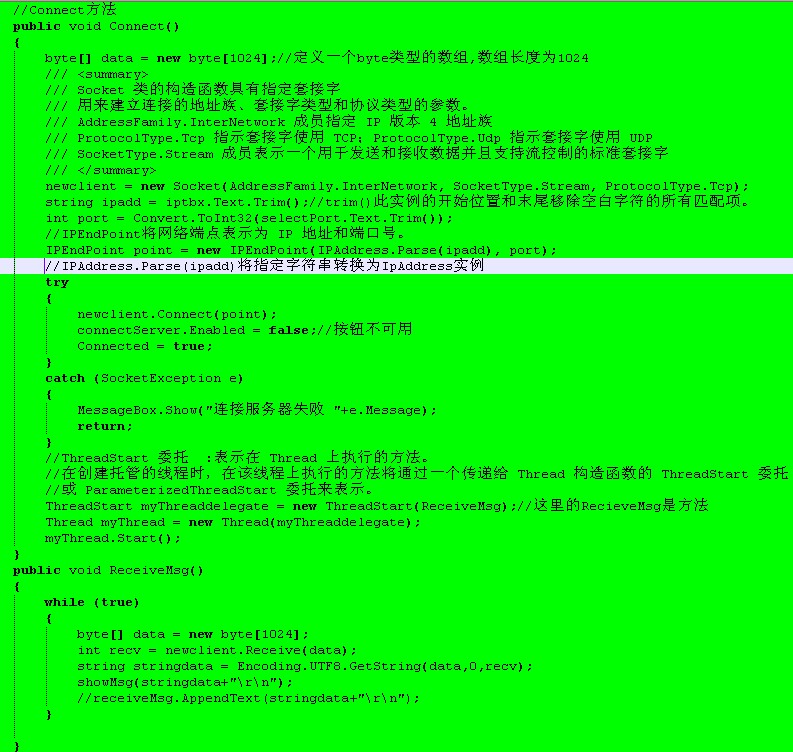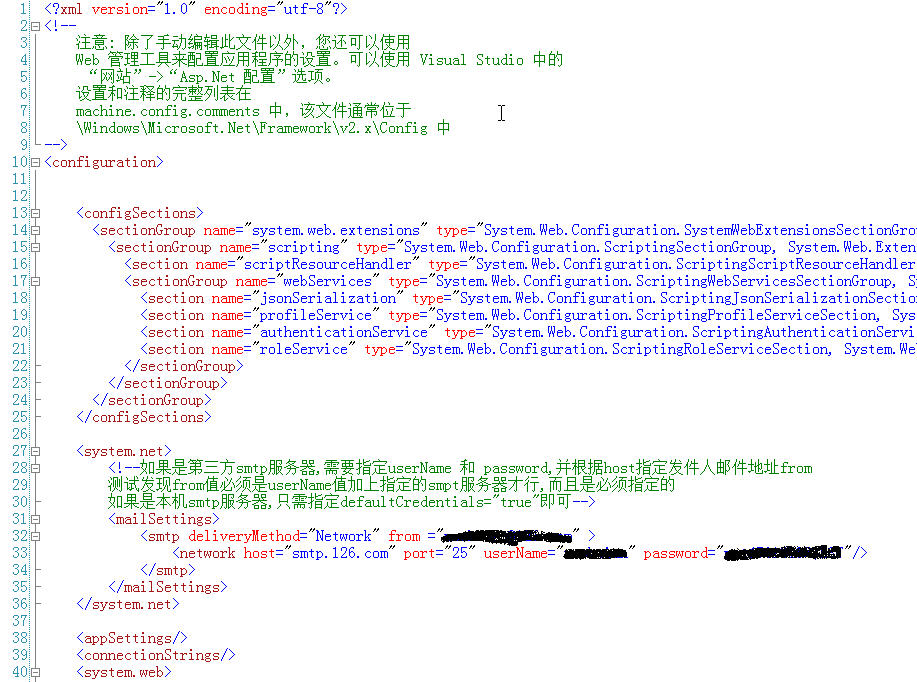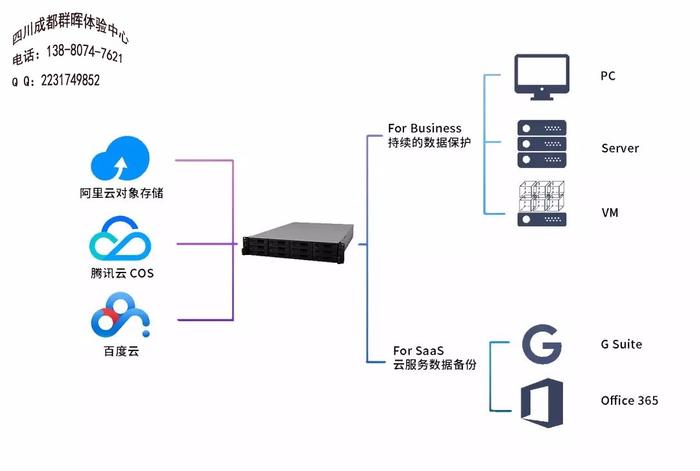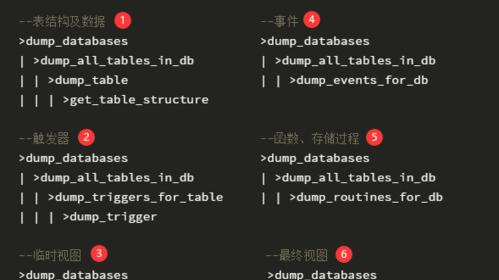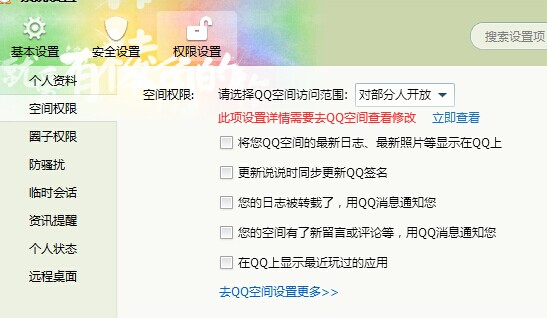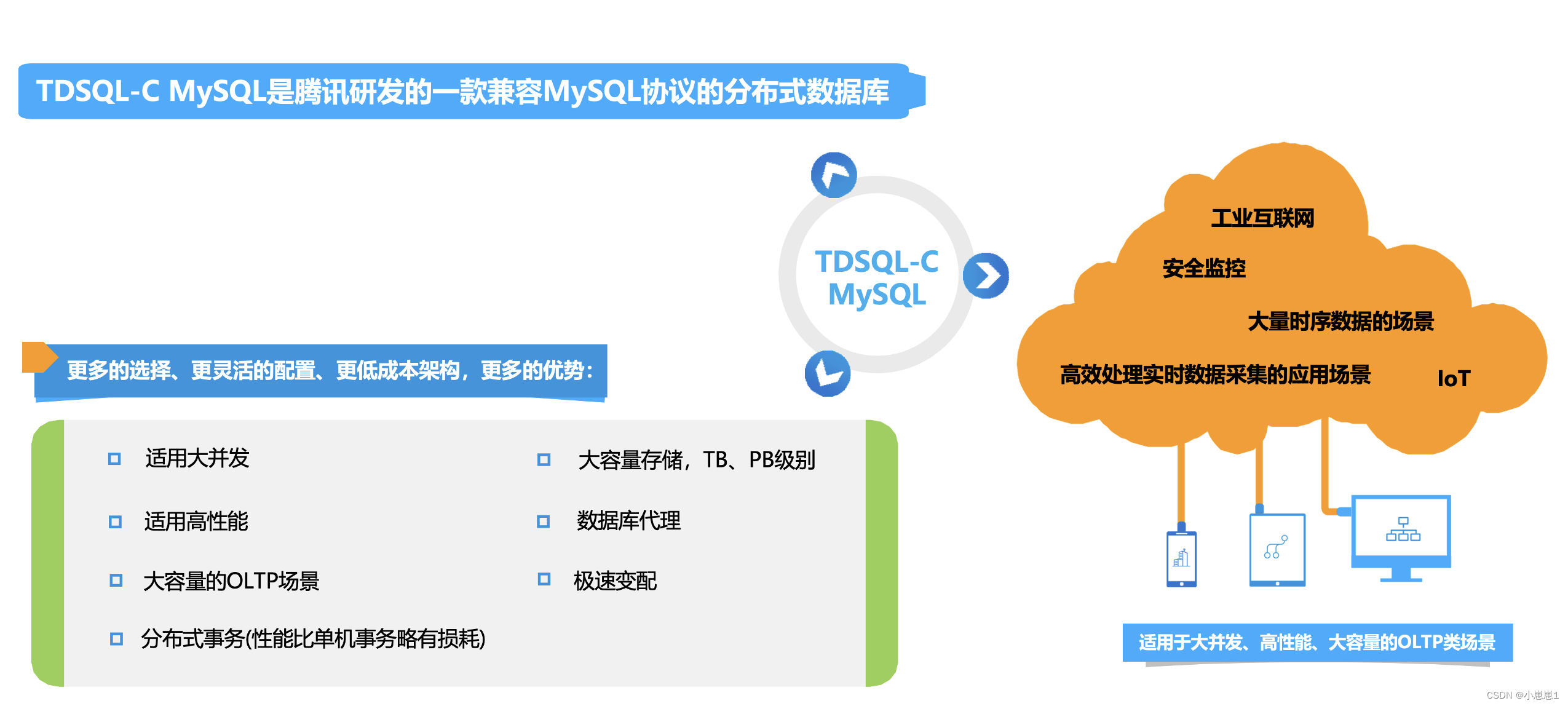c短信发送代码
- 行业动态
- 2025-02-22
- 12
plaintext,要发送短信,可以使用Python中的Twilio库。首先安装Twilio库,然后使用以下代码发送短信:` python,from twilio.rest import Clientaccount_sid = 'your_account_sid',auth_token = 'your_auth_token',client = Client(account_sid, auth_token)message = client.messages.create(, body='Hello, this is a test message!',, from_='+1234567890',, to='+0987654321',)print(message.sid),“
在C语言中实现短信发送功能,通常需要借助外部硬件设备(如GSM模块)和相应的通信协议(如AT命令),以下是一个详细的示例代码,展示如何使用C语言通过串口与GSM模块通信来发送短信。
示例代码
#include <stdio.h>
#include <stdlib.h>
#include <string.h>
#include <unistd.h>
#include <fcntl.h>
#include <termios.h>
// 初始化串口
int init_serial(const char *device) {
int fd = open(device, O_RDWR | O_NOCTTY | O_NDELAY);
if (fd == -1) {
perror("open");
return -1;
}
struct termios options;
tcgetattr(fd, &options);
cfsetispeed(&options, B9600);
cfsetospeed(&options, B9600);
options.c_cflag &= ~CSIZE;
options.c_cflag |= CS8;
options.c_cflag &= ~PARENB;
options.c_cflag &= ~CSTOPB;
tcsetattr(fd, TCSANOW, &options);
return fd;
}
// 发送AT命令
ssize_t send_at_command(int fd, const char *command) {
ssize_t len = write(fd, command, strlen(command));
if (len < 0) {
perror("write");
}
return len;
}
// 发送短信
int send_sms(int fd, const char *phone_number, const char *message) {
char command[256];
send_at_command(fd, "AT+CMGF=1
"); // 设置文本模式
snprintf(command, sizeof(command), "AT+CMGS="%s"
", phone_number);
send_at_command(fd, command);
snprintf(command, sizeof(command), "%s
x1A", message); // x1A表示Ctrl+Z结束符
send_at_command(fd, command);
return 0;
}
int main() {
const char *device = "/dev/ttyUSB0"; // 根据实际设备路径修改
int fd = init_serial(device);
if (fd == -1) {
return -1;
}
const char *phone_number = "+1234567890"; // 目标电话号码
const char *message = "Hello, this is a test message from C program!";
send_sms(fd, phone_number, message);
close(fd);
return 0;
} 说明
1、初始化串口:init_serial函数用于打开并配置串口参数,包括波特率、数据位、停止位等,这里以常见的9600波特率为例。
2、发送AT命令:send_at_command函数用于向GSM模块发送AT命令,通过write系统调用将命令写入串口。
3、发送短信:send_sms函数首先设置短信的文本模式(AT+CMGF=1),然后指定接收号码(AT+CMGS=…),最后发送消息内容并在结尾加上Ctrl+Z(x1A)作为结束符。

4、主函数:在main函数中,初始化串口后,调用send_sms函数发送短信,最后关闭串口。
注意事项
确保GSM模块已正确连接并插入有效的SIM卡。
根据实际使用的串口设备路径修改device变量的值。
本示例代码仅适用于支持AT命令集的GSM模块,如SIM800、SIM900等。
在实际应用中,可能需要处理更多的错误情况和异常情况,如网络连接失败、SIM卡未准备好等。
FAQs
Q1: 如果短信发送失败,可能的原因有哪些?
A1: 短信发送失败可能由多种原因导致,包括但不限于:手机号格式错误、GSM模块未响应、网络连接问题、SIM卡未准备好或欠费、短信内容过长等,可以通过检查日志输出、调试信息以及确认硬件连接状态来排查具体原因。
Q2: 如何修改代码以支持不同的串口波特率?
A2: 要修改代码以支持不同的串口波特率,只需更改init_serial函数中的cfsetispeed和cfsetospeed函数调用参数即可,将B9600替换为其他波特率常量(如B115200)即可,确保GSM模块也支持所选的波特率,并在必要时进行相应配置。

